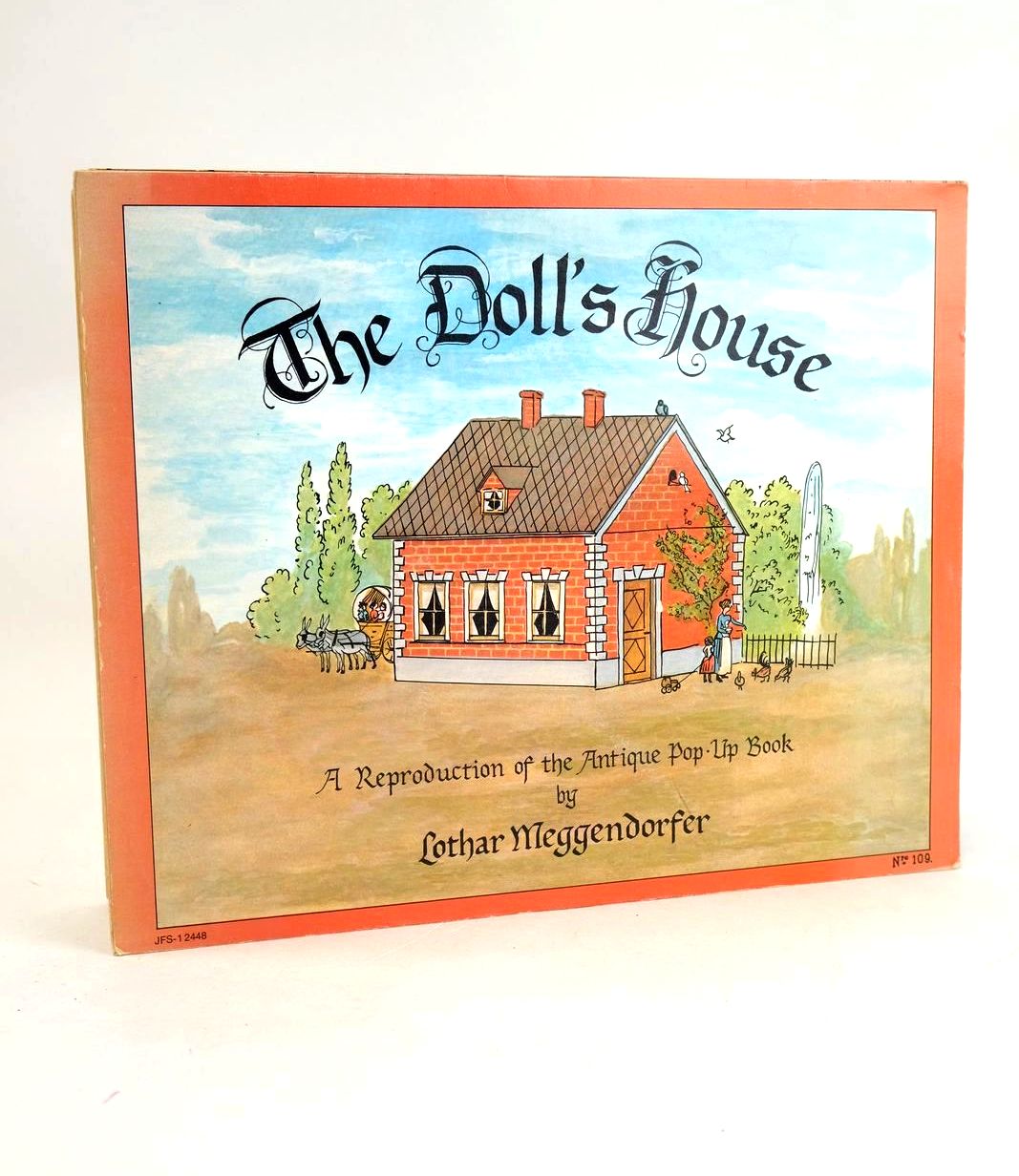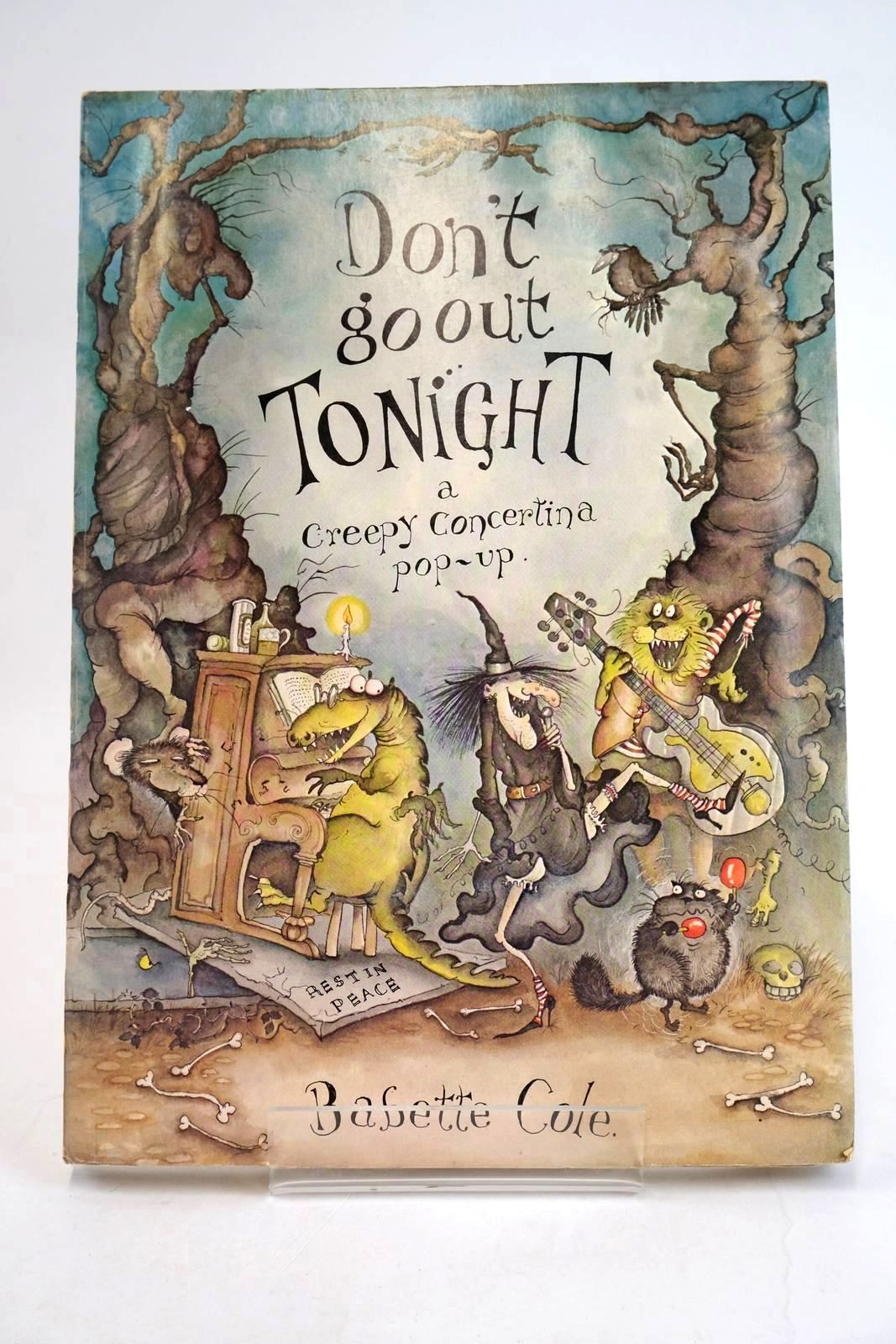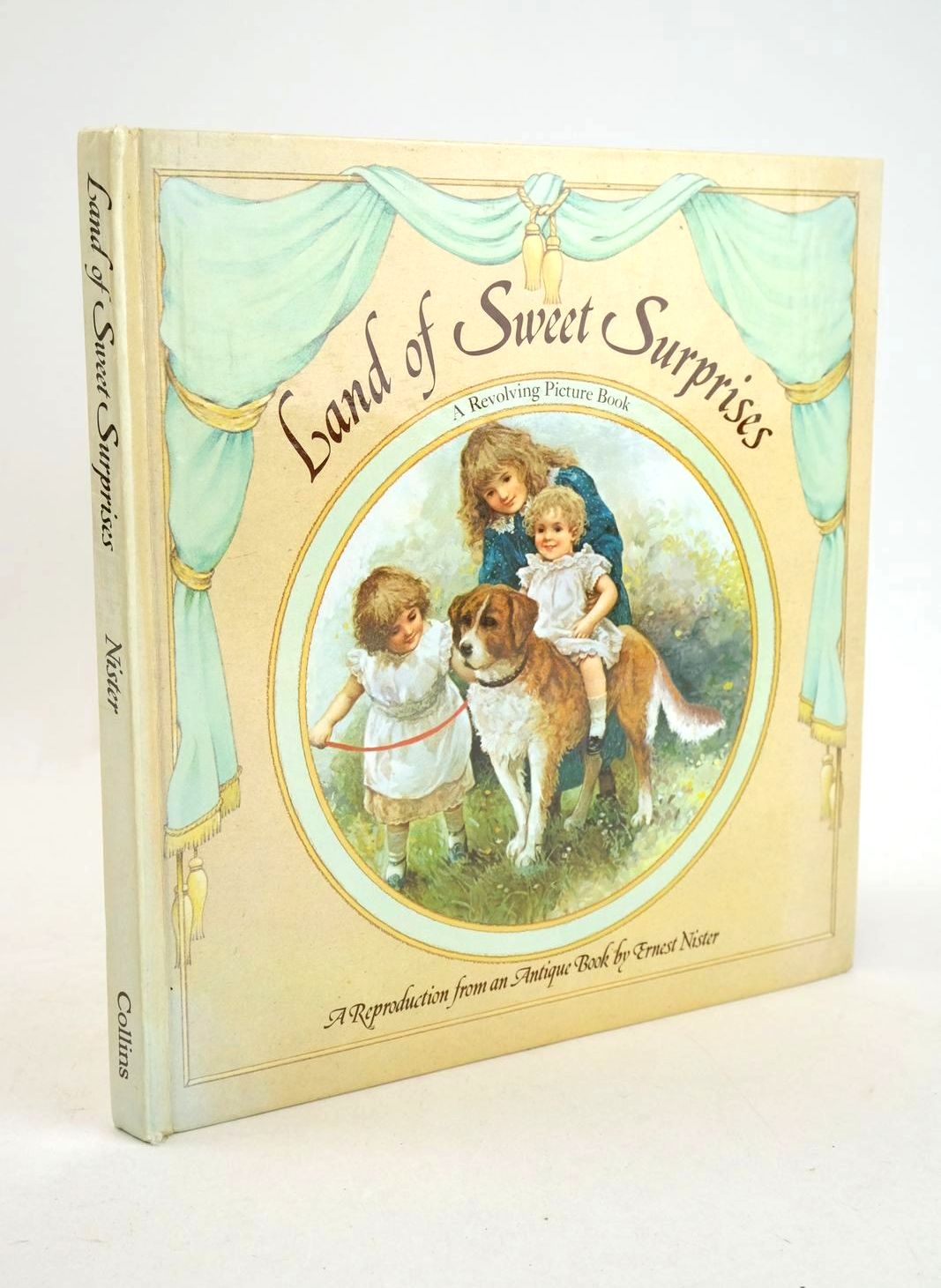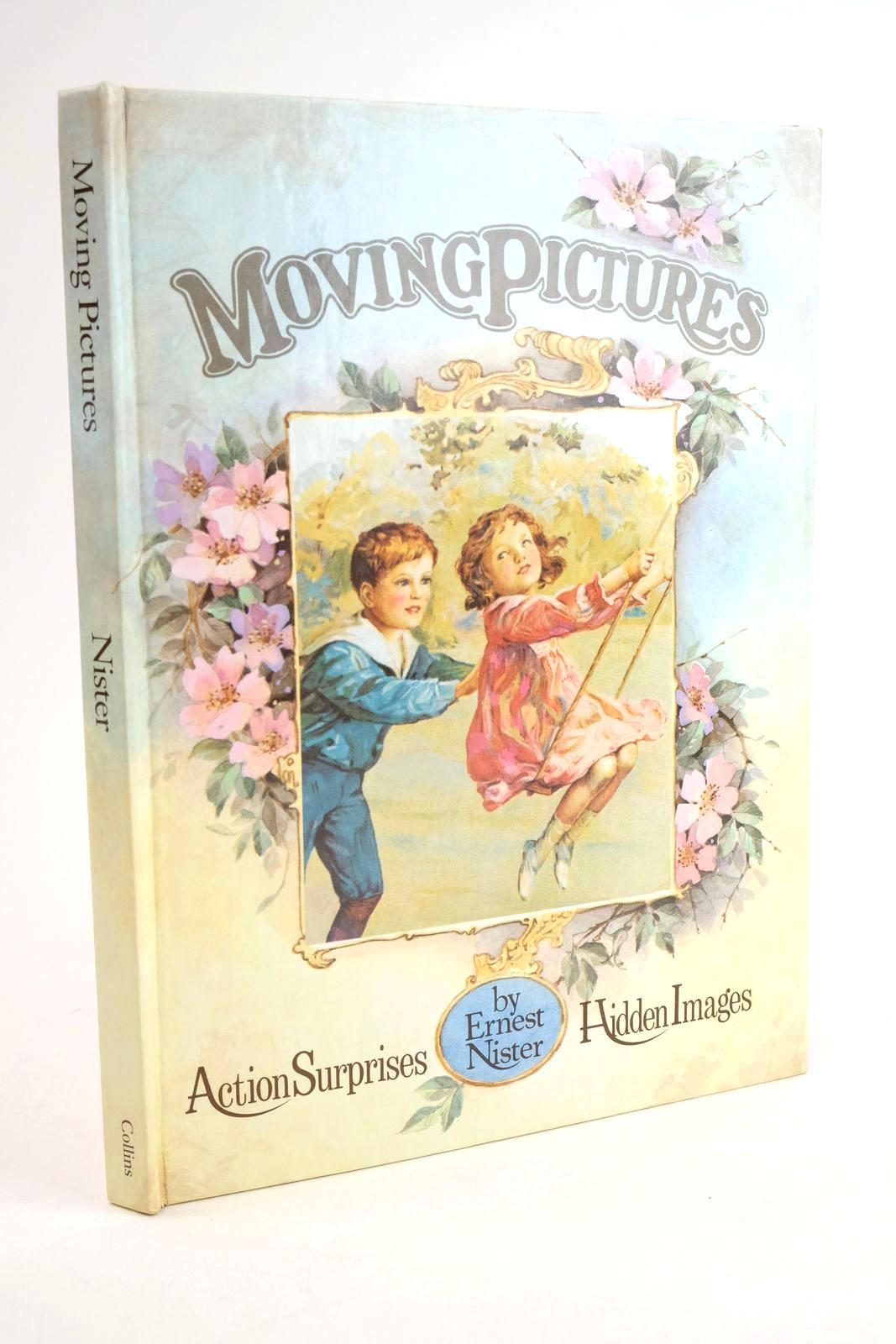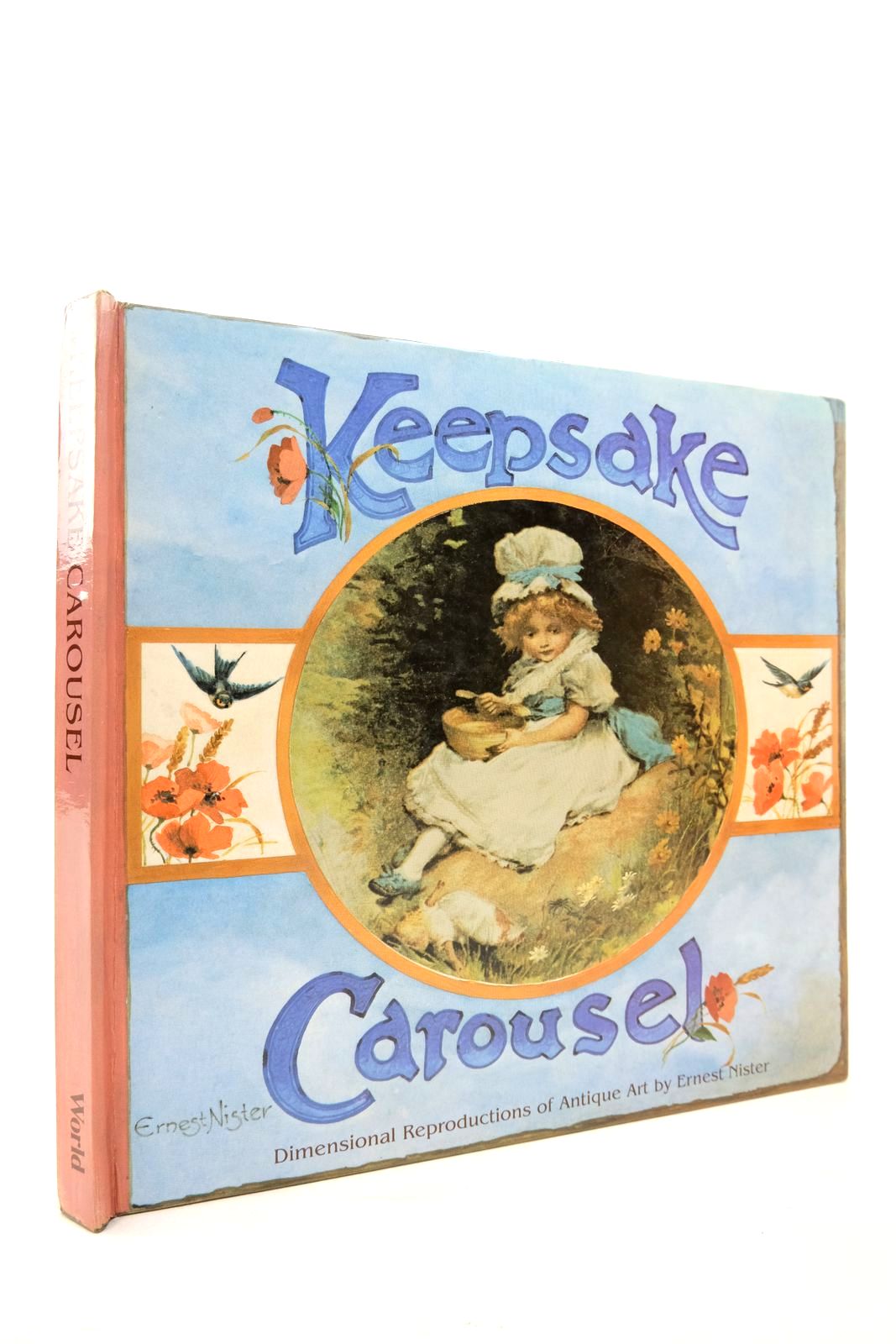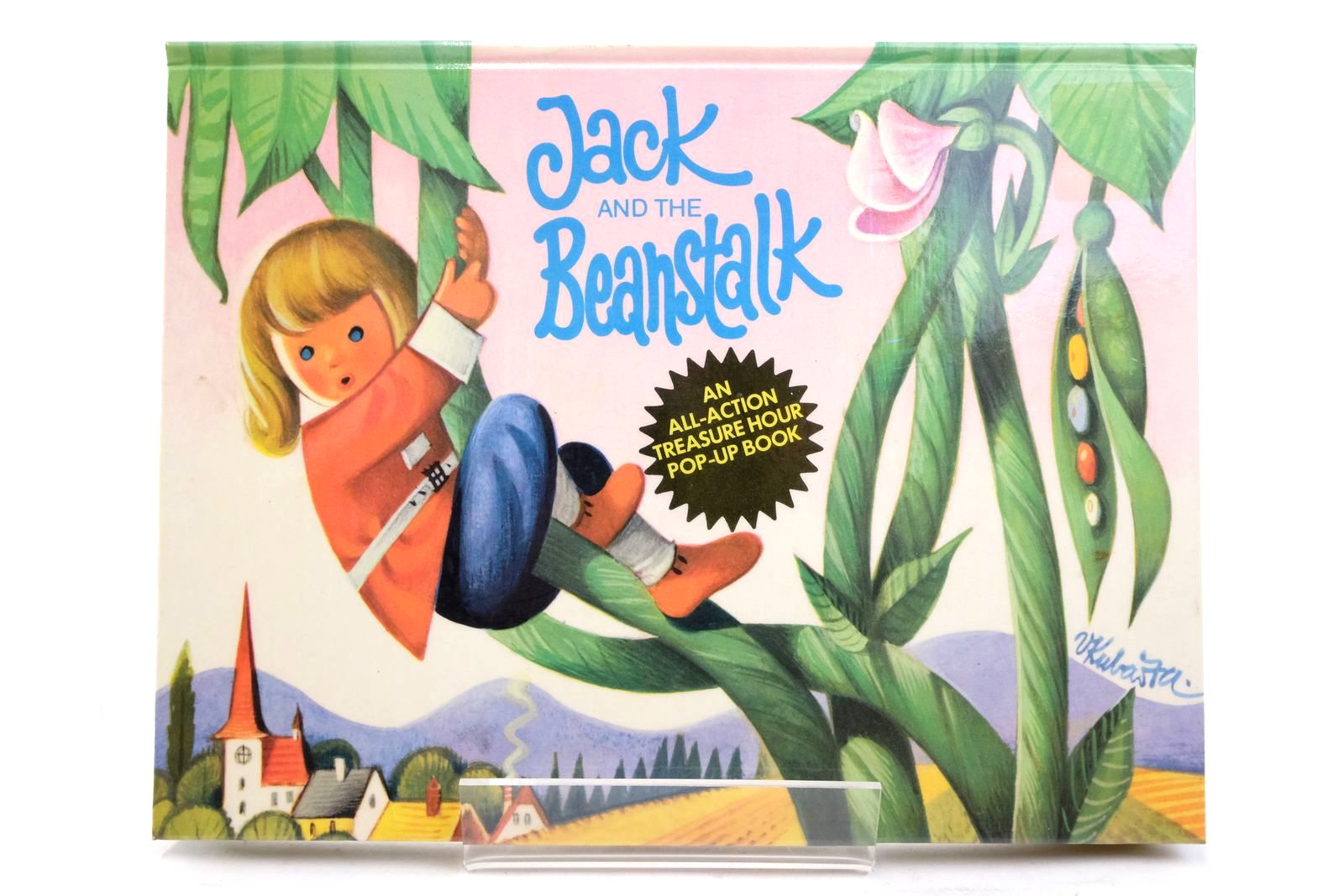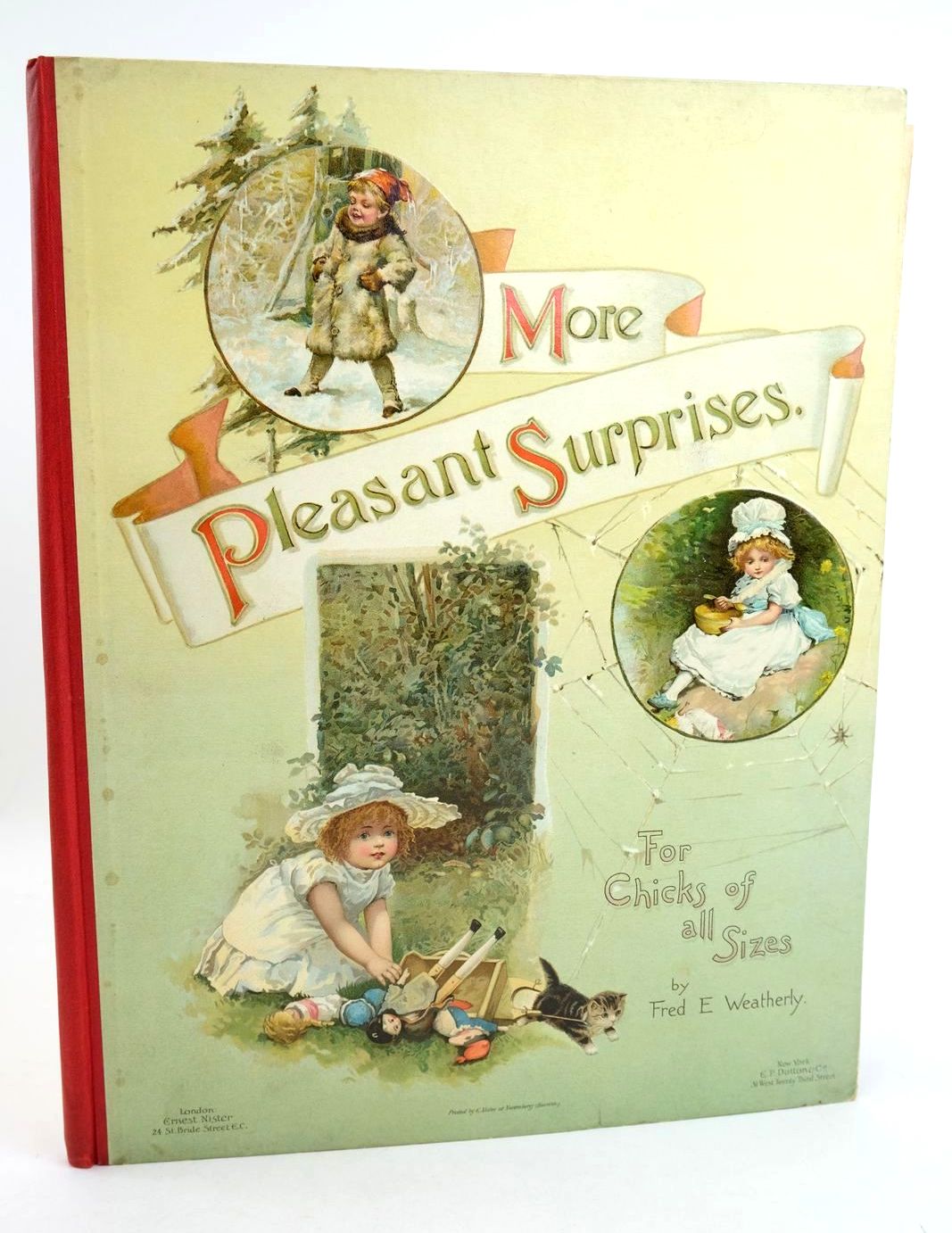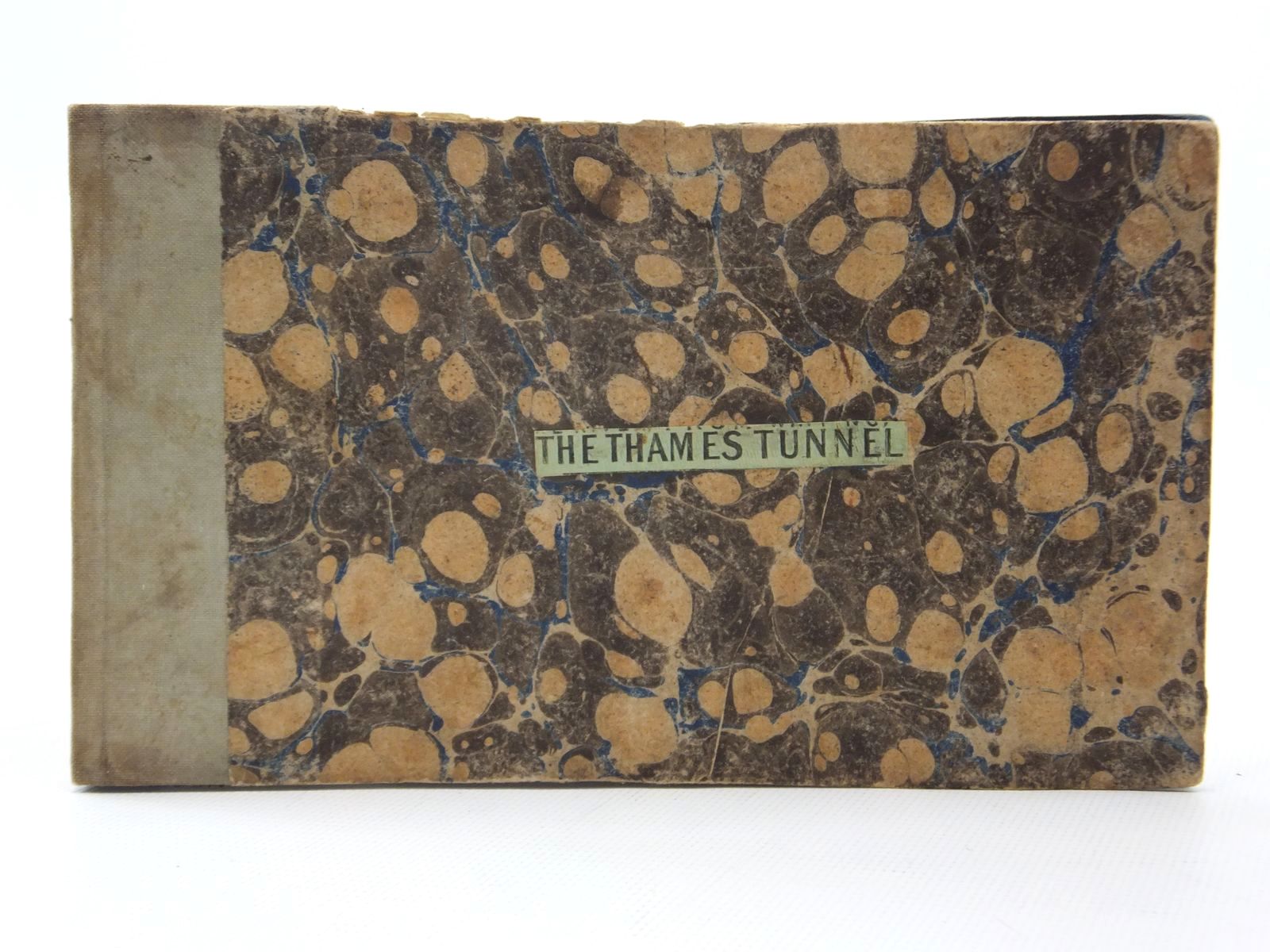Movable Books An Illustrated History by Peter Haining
 Ingenious, quirky, beautiful – some of the adjectives to describe the numerous pop-up and movable books available to our children (and adults too) today. It's difficult for us to imagine a time without them but four hundred years ago there were virtually no books for children at all, never mind thenovelty books that are so familiar to us now.
Ingenious, quirky, beautiful – some of the adjectives to describe the numerous pop-up and movable books available to our children (and adults too) today. It's difficult for us to imagine a time without them but four hundred years ago there were virtually no books for children at all, never mind thenovelty books that are so familiar to us now.
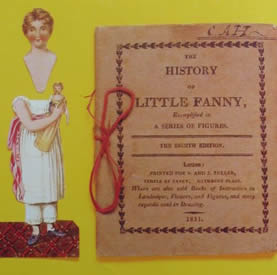 Peter Haining's wonderful and informative book begins with a brief history of children's books leading up to the mid-18th century when Robert Sayer, a inventive bookseller, produced The Harlequinade. This was the first printed item for young children which could be described as a movable book, having turn-up pages with interchangeable pictures.
Peter Haining's wonderful and informative book begins with a brief history of children's books leading up to the mid-18th century when Robert Sayer, a inventive bookseller, produced The Harlequinade. This was the first printed item for young children which could be described as a movable book, having turn-up pages with interchangeable pictures.
From these beginnings Haining traces the history of the movable book from the Victorian age, taking in panoramas, peepshows, mechanical books, dressing dolls, through to the pop-up books produced in the 1930s. The book is packed with colour photos showing examples of the different types of movables, some of which can still be found today in specialist rare book shops.
Haining informs us that one of the earliest dressing doll books is 'The History Of Little Fanny Exemplified In Figures' first issued in 1810. This was the most famous of the series of ten Paper Doll Books invented by S. and J. Fuller, a printing firm in London. Inside all the books were seven hand-coloured cut-out figures in different costumes, plus a single head having a long tag for the neck which could be inserted into a pocket at the back of each figure. The doll and costumes from the 1811 edition are pictured in Haining's book.
We are then taken through the era of 'Toilet Books: The Idea From A Dressing-Table” and the Paignion, an elaborate slot book which took the Fuller's Paper Doll idea further, with 65 figures to place in the pictures. Then a brief history of Dean & Son, founded just before 1800 and the oldest firm in London to have been continuously engaged in producing books for children. The company not only became one of the first to make extensive use of lithography but is considered to be the originator of movable books.
Peepshow books (left) and panoramas became popular in the mid-nineteenth century and once again S. and J. Fuller were among the earliest publishers to produce these delightful ephemeral items. Haining's book depicts a peepshow based on Don Quixote (left) and a panorama of Cowper's John Gilpin.

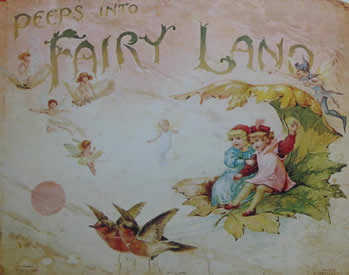
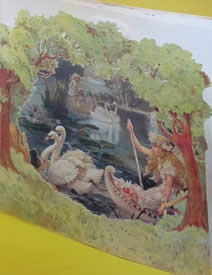
A considerable number of pages are devoted to the early movable and pop-up books with pictures animated by pulling a tab and three-dimensional pictures that rise from the page. Raphael Tuck and Ernest Nister, both from Germany, were among the forerunners in the production of these beautiful creations.
According to Eric Quayle, collector and historian of children's books, one of the finest three-dimensional books ever produced was a Nister production entitled Peeps Into Fairyland. Published around 1895 this large colourful picture book had pages operated by linen slips which pulled up four layers of scenery as the pages opened. The equipment and colour printing techniques used by the German companies superbly reproduced the finest artwork and all colour printed books from this period, particularly from Bavarian printers, are much sought-after by collectors.
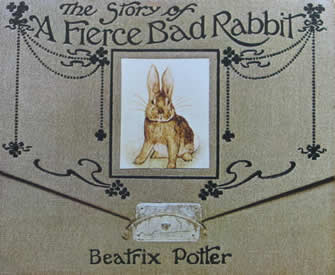


The most elaborate and complex movables ever produced were those of yet another German - Lothar Meggendorfer. Produced in the 1880s and 1890s, the mechanisms and operations of the Meggendorfer books are far superior to any others published before or since, and Haining's book goes into great detail about how these marvels of ingenuity worked.
Haining continues to describe further novelty books which appeared in the early 20th century. These includedshaped books, books which opened up to form houses, shops and zoos, trick books which gave the illusion of the picture changing, and books with 'dissolving' pictures. He relates what he describes as one of the strangest and most surprising stories about a panorama toy-book – that of Beatrix Potter's 'The Story Of A Fierce Bad Rabbit'. Despite Miss Potter's popularity, the book was not the success that had been expected. Such was the appeal that, when it appeared in the bookshops, few customers, the young or old could resist picking it up and handling it. Like all panoramas it was delicate and thus did not last very long and booksellers found they were left with damaged copies which were unsaleable. 'The Story of Miss Moppet' had already been produced in panorama style but sadly there were to be no more.It comes as no surprise to learn that undamaged copies of either of these delightful little books are now very diffcult to find.



Haining concludes his book with description of the decline of the production of movable books since the first world war and the emergence of the pop-up book which we are familiar with today. The most importance of these from a collecting point of view are the Bookano volumes, produced in the 1930s by Strand Publications and edited by S. Louis Giraud. The attraction of these was that if the pages were repeatedly partly opened and closed, not only did the figures stand up, but they continued their movements with, for example, men sawing logs and birds flapping their wings.
Haining ends his book thus: “In conclusion, it should perhaps be mentioned that although in many people's minds the term Pop-up has come to signify the whole school of movable books, I hope it has been shown in this survey, the first book-length history to be attempted, that the field was actually a creative wonderland of colour, ingenuity and often complicated movements which went far beyond such a simple generalisation. Although, sadly, these pages cannot move and take on life like the originals, I trust that at least the splendid colour photography helps to convey something of the magic of two hundred years of movable books”.
And indeed it does. A book which is a must for all interested in these beautiful and intricate works of art.
Contributed by Chris
(Published on 10th Dec 2014 )


